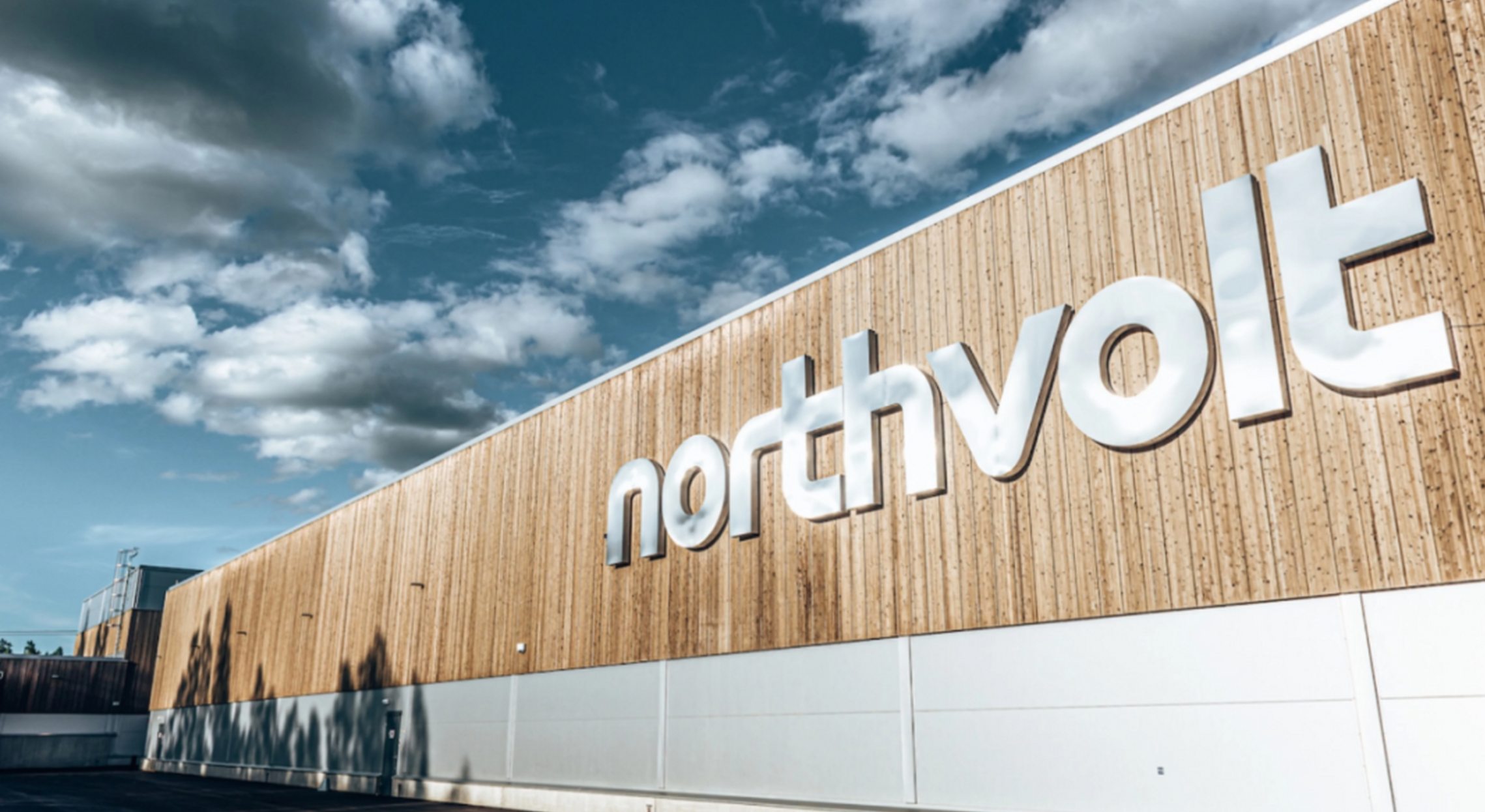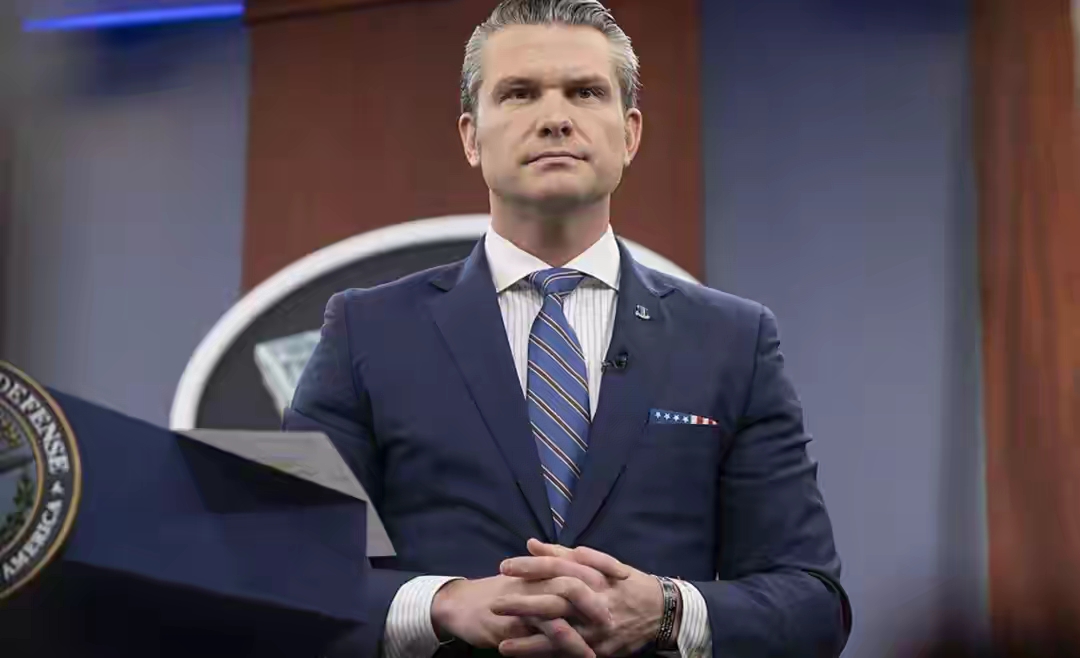
Recently, American battery giant Northvolt announced its application for bankruptcy protection and hopes to obtain $245 million in new financing through the Chapter 11 restructuring in the United States. This news has caused quite a stir in the global battery industry and even the entire energy sector. Northvolt used to be a highly anticipated industry leader, but now it has come to such a state. There are complex and worthwhile reasons behind this, and it will also have multiple impacts and bring many profound lessons to the industry.
1、 Analysis of the Deep Reasons for Bankruptcy
In recent years, the global battery market has shown an explosive growth trend, with many companies flocking to this track, and competition can be described as white hot. In the field of power batteries, not only industry giants such as CATL and BYD from Asia firmly occupy a large market share with their technological advantages, economies of scale, and cost control capabilities, but also local European and other emerging battery companies are constantly making efforts to try to get a share of the pie. Although Northvolt has a certain level of technological accumulation and development plan, it has not been able to quickly and effectively establish an absolute competitive advantage in this fierce market competition. Its products have been squeezed by many competitors in terms of market promotion and cost-effectiveness, and the order volume and revenue are difficult to meet expectations, gradually falling into business difficulties.
The battery industry is a highly dependent on technological innovation and extremely cost sensitive industry. Northvolt has invested heavily in technology research and development, attempting to create high-performance, long-lasting, and safer battery products, which is understandable. However, in the pursuit of technological breakthroughs, the relationship between R&D investment and cost control has not been well balanced.
The production of batteries cannot be separated from key raw materials such as lithium and cobalt, and the supply market of these raw materials has fluctuated frequently in recent years. On the one hand, the surge in global demand for new energy batteries has led to a shortage of raw materials, causing prices to skyrocket. Northvolt's raw material procurement costs have significantly increased, compressing its profit margins; On the other hand, in terms of raw material supply channels, it has not established a stable and diversified supply system like some large battery companies. When faced with supply shortages or price fluctuations, its ability to cope is weak, and production plans are often disrupted, which affects product delivery and corporate reputation, and further increases business burden.
2、 The profound impact of bankruptcy
Northvolt's bankruptcy restructuring will trigger a series of chain reactions in the global battery industry landscape. In the international market, the market share it frees up will attract other competitors to accelerate their competition, which may further consolidate the dominant position of top companies in the industry, while small and medium-sized battery enterprises face greater survival pressure and the industry reshuffle speed will accelerate. For example, some European domestic battery companies that originally had cooperation intentions or competitive relationships with Northvolt need to re-examine their development strategies and make cautious choices on whether to expand or shrink their defense lines.
For upstream raw material suppliers, Northvolt's bankruptcy means losing an important customer, which may lead to a decrease in orders from some suppliers and require them to explore the market again; For downstream car companies and other customers, car companies that originally relied on Northvolt battery supply have to urgently seek alternative suppliers, which may affect their production plans for new energy vehicles and even face battery supply shortages in the short term, affecting product delivery and market sales.
3、 Lessons and Insights from Bankruptcy
In the fiercely competitive battery industry, companies must have a clear understanding of their strengths and weaknesses, identify their market positioning, and not blindly follow the trend in investment and expansion. To focus on differentiated competition, such as creating products with core competitiveness in specific application scenarios and segmented market areas, rather than attempting to fully compete with industry giants in all aspects, Northvolt failed to grasp this accurately and ultimately fell into a dilemma of being surrounded by enemies from all sides.
Technological innovation is the driving force for enterprise development, but the sustainability of business operations must not be ignored. Enterprises should make sufficient planning and budget management when investing in research and development, arrange funds reasonably according to market demand and their own financial situation, ensure that research and development results can be timely transformed into commercial products, and achieve a virtuous cycle of input and output.
In short, the bankruptcy protection of Northvolt has brought profound reflection to the global battery industry. Whether it is a thriving enterprise or a newcomer preparing to enter this field, they should learn from it, assess the situation, steadily move forward in the fierce market competition, and jointly promote the development of the battery industry towards a healthier and more sustainable direction.

Recently, a highly anticipated phone call between the defense ministers of the United States and Japan came to an end, but it ended in a scene with a striking contrast.
Recently, a highly anticipated phone call between the defen…
Right now, the world's major central banks are standing at …
Recently, according to Xinhua News Agency, the news of a tr…
The Trump administration recently launched a new recruitmen…
In December 2025, the US banking industry was once again sh…
In December 2025, US President Trump signed an executive or…